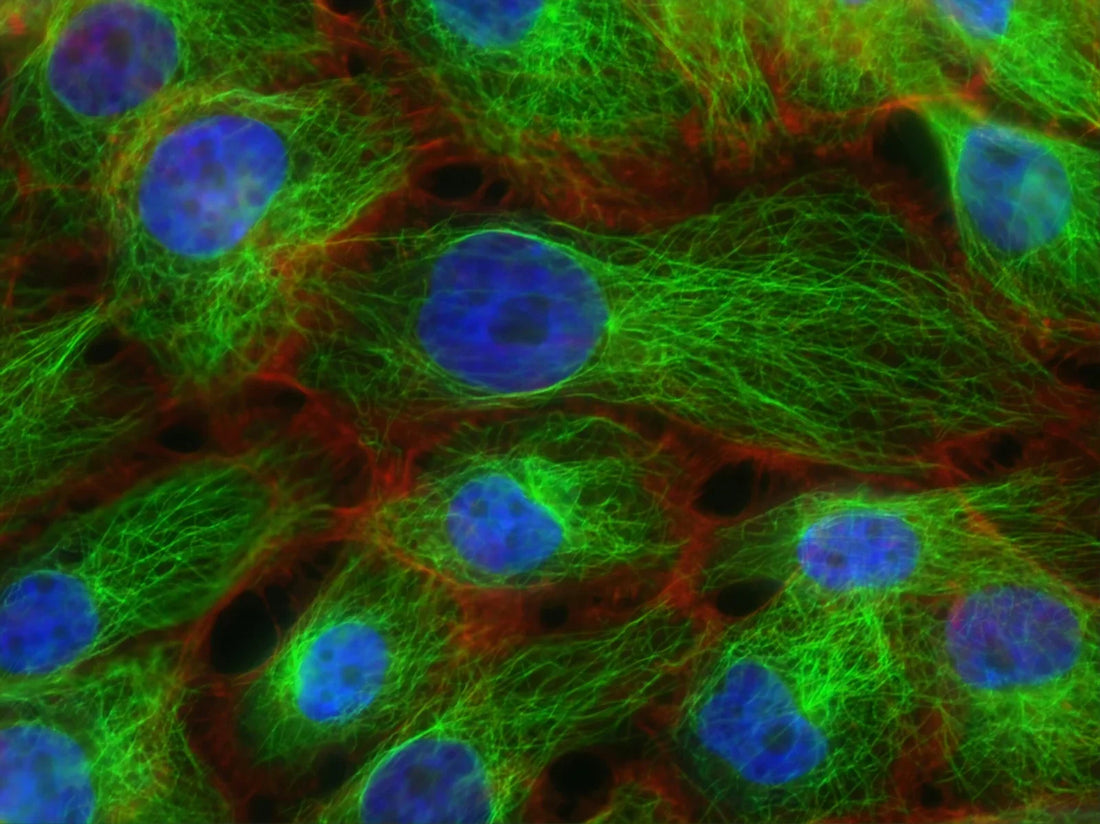Understanding Plant Disease Genetics: Its System and Structure
Plant diseases can have a significant impact on the health and productivity of crops and ornamental plants. Understanding the genetics behind these diseases is crucial for developing effective strategies to prevent and manage them. In this article, we will delve into the system and structure of plant disease genetics, exploring the key concepts and processes involved.
What is Plant Disease Genetics?
Plant disease genetics refers to the study of the genetic factors that influence the susceptibility or resistance of plants to various diseases. Just like humans and animals, plants possess genes that determine their traits and responses to external factors, including pathogens. By identifying and analyzing these genes, scientists can gain insights into the mechanisms underlying plant diseases and develop targeted solutions.
The Structure of Plant Disease Genetics
The study of plant disease genetics involves examining the interactions between the host plant, the pathogen, and the environment. These interactions are influenced by various genetic components, which can be broadly classified into two categories: qualitative and quantitative resistance.
Qualitative Resistance
Qualitative resistance, also known as complete or race-specific resistance, is controlled by single genes that confer immunity to specific pathogens or strains. This type of resistance is often characterized by a gene-for-gene interaction, where the presence of a specific resistance gene in the host plant recognizes and triggers a defense response against a corresponding avirulence gene in the pathogen.
However, pathogens can evolve and overcome qualitative resistance through mutations in their avirulence genes. This necessitates the deployment of multiple resistance genes in crop breeding programs to enhance durability and sustainability.
Quantitative Resistance
Quantitative resistance, on the other hand, is controlled by multiple genes that contribute to the overall level of resistance in a plant. Unlike qualitative resistance, quantitative resistance provides a partial level of protection against a wide range of pathogens. It is often influenced by complex genetic interactions and environmental factors.
Understanding the genetic basis of quantitative resistance is challenging due to the involvement of multiple genes with small individual effects. However, advancements in genomic technologies have facilitated the identification and mapping of quantitative trait loci (QTLs) associated with resistance to specific diseases.
Utilizing Plant Disease Genetics for Disease Management
Knowledge of plant disease genetics can be applied in several ways to manage and control plant diseases effectively. Here are a few examples:
1. Breeding Resistant Varieties
By identifying and utilizing genes associated with disease resistance, breeders can develop plant varieties that are inherently resistant to specific pathogens. This reduces the reliance on chemical pesticides and promotes sustainable agriculture.
2. Genetic Engineering
Genetic engineering techniques can be employed to introduce or enhance disease resistance traits in plants. This involves the insertion of specific genes into the plant’s genome, enabling it to produce proteins that combat the pathogen.
3. Pathogen Detection and Diagnostics
Understanding the genetic makeup of plant pathogens allows for the development of diagnostic tools to detect and identify specific diseases quickly. This enables early intervention and targeted disease management strategies.
4. Integrated Disease Management
Plant disease genetics provides a foundation for integrated disease management approaches, which combine various strategies such as cultural practices, biological control agents, and chemical treatments. By understanding the genetic factors influencing disease development, farmers and gardeners can implement holistic and sustainable disease management practices.
Conclusion
Plant disease genetics plays a vital role in unraveling the complexities of plant-pathogen interactions. By studying the system and structure of plant disease genetics, scientists and breeders can develop innovative solutions to combat plant diseases and ensure the health and productivity of crops and ornamental plants. If you are interested in exploring a wide variety of healthy plants, we recommend visiting Nursery Kart, an online platform that offers a diverse range of plants for purchase. Happy gardening!
